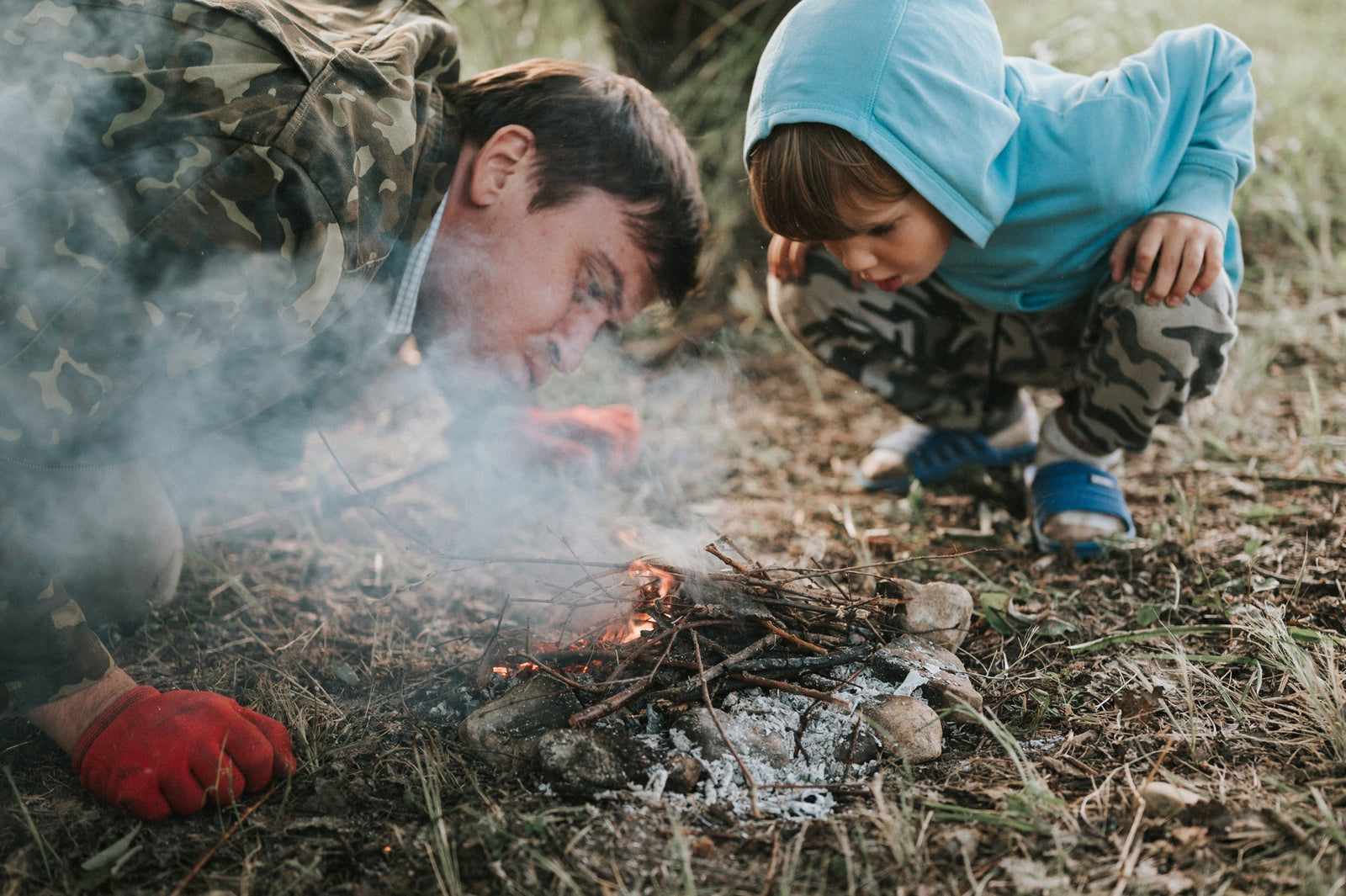Fire is one of the most powerful survival tools in your arsenal. Whether you're lost in the woods, enduring a power outage, or bugging out in cold weather, knowing how to build and maintain a fire can mean the difference between life and death. Fire provides warmth, light, purification, cooking, morale—and even protection from predators.
Why Fire Is Essential to Survival
Few elements are as versatile in a survival situation as fire. It keeps you warm in freezing temperatures, boils water to make it safe to drink, cooks your food, signals for rescue, and helps you stay psychologically strong in the darkest situations. In short, fire is your lifeline when all else fails.
Key Components of Fire Preparedness
- Fire Starters: Always carry at least two fire-starting tools such as waterproof matches, a butane lighter, or a ferro rod. Ferrocerium rods are especially reliable in wet conditions.
- Tinder: Easily ignitable materials like cotton balls soaked in petroleum jelly, fatwood, or commercial tinder tabs. These help get your fire going fast.
- Kindling and Fuel: Dry twigs, small branches, and eventually logs sustain your fire. Learning how to find or process dry material in any weather is critical.
- Fire-Starting Aids: Products like magnesium blocks, fire paste, and stormproof matches ensure redundancy in high-stress or wet environments.
Fire in Urban vs. Wilderness Survival
In wilderness settings, fire helps with warmth and cooking—but in urban emergencies, fire may be your heat source during blackouts. Ensure your home emergency kit includes safe indoor fire-starting options like chafing fuel or a mini stove.
How to Build a Reliable Survival Fire
- Start with a solid base (dry bark or rock)
- Use a teepee, lean-to, or log cabin fire structure
- Start small—tinder first, then kindling, then larger fuel
- Shield from wind and rain with a tarp or natural cover
Prepper Tip
Prepper Tip: Pack a small, sealed tin of homemade char cloth in your bug-out bag. It catches sparks easily and helps light damp tinder when conditions are tough.
Common Fire-Building Mistakes to Avoid
- Trying to light wet wood without adequate tinder or kindling
- Starting a fire directly on snow, which melts and extinguishes it
- Not practicing fire-starting before an emergency hits
- Carrying only one ignition method—redundancy is key
Recommended Fire Gear from Mountain Ready
- Ferro Rod Firestarter Kit
- Stormproof Matches & Tinder Kits
- Portable Emergency Camp Stoves
- Bug-Out Bags with Fire Essentials
Final Thoughts
Fire-building is more than a skill—it’s a survival art. The ability to generate fire on demand can make you more confident, capable, and comfortable in even the harshest environments. Practice with your tools. Test them in bad weather. When the lights go out and temperatures drop, fire could be the one thing that keeps you alive.
Looking to upgrade your fire gear? Check out our full collection of fire-starting tools and accessories at Mountain Ready—hand-selected by survival experts and built for real-world emergencies.


